A little piece of history for diving lovers, as well as the mysteries of the sea.
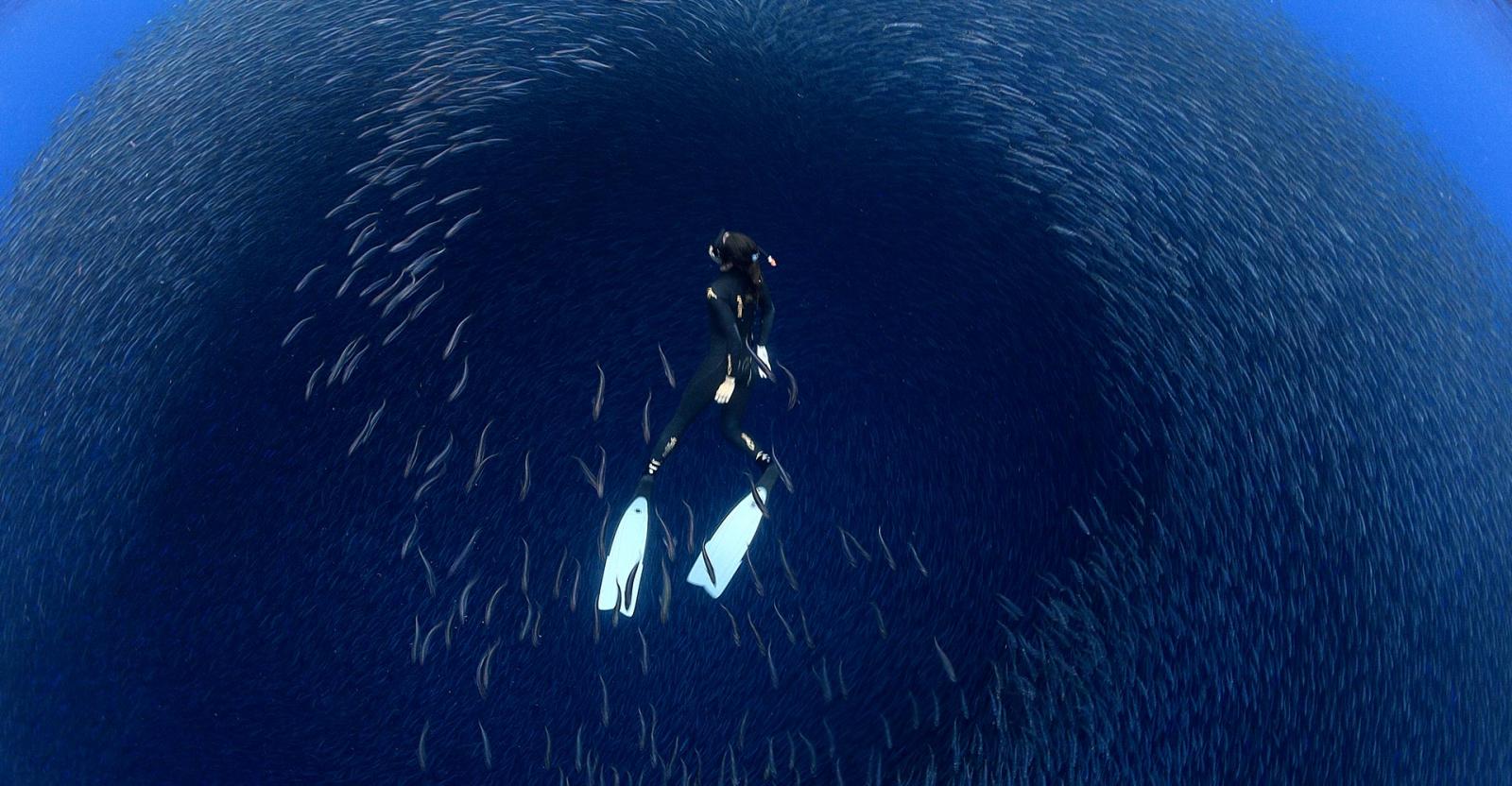

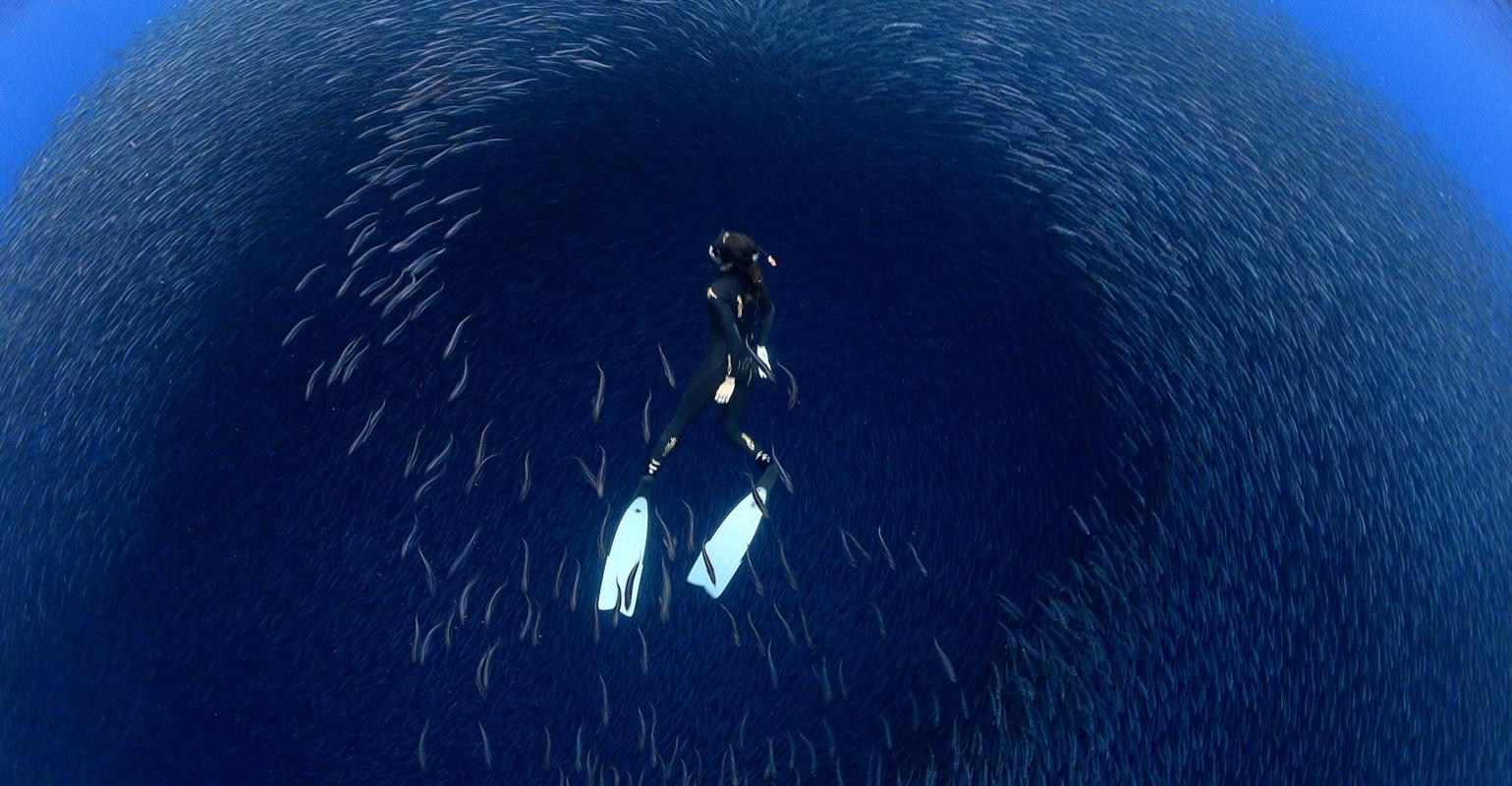
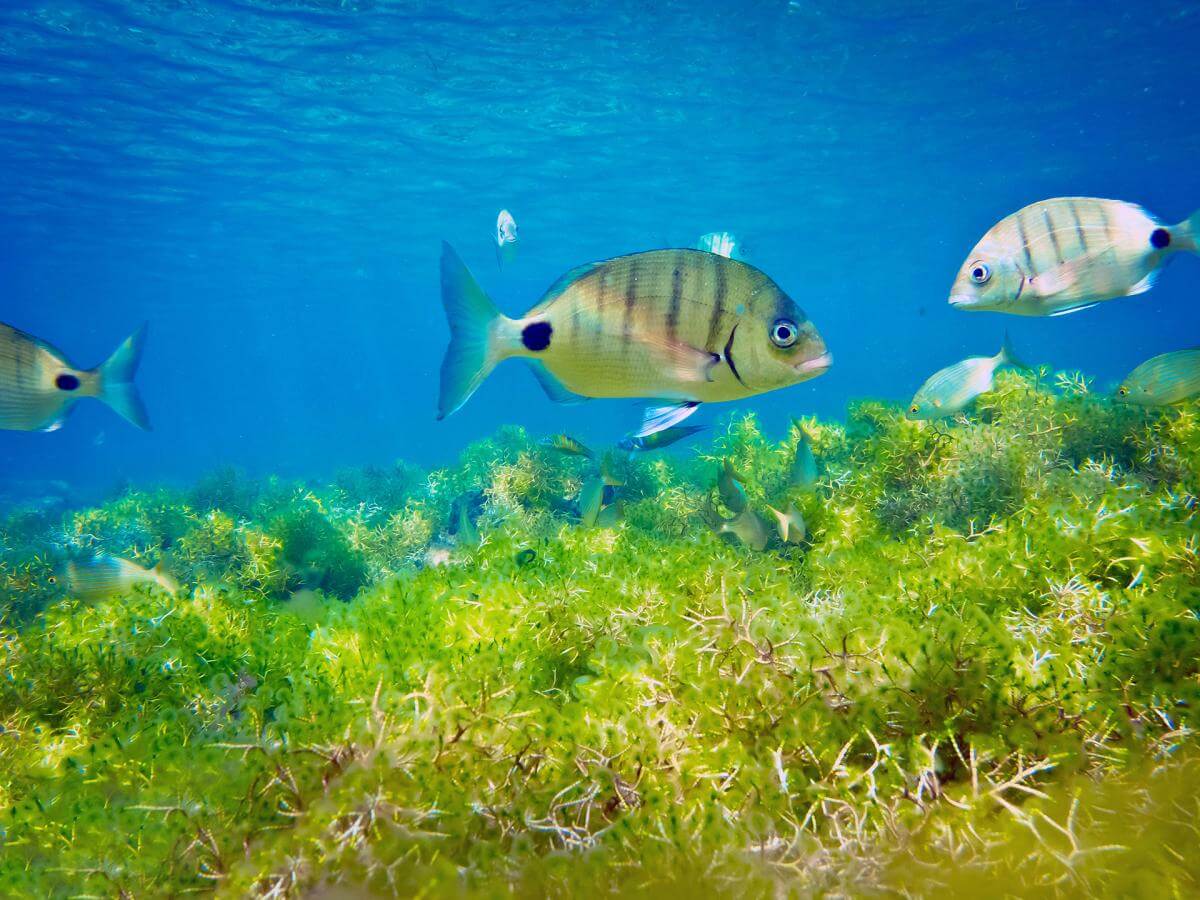
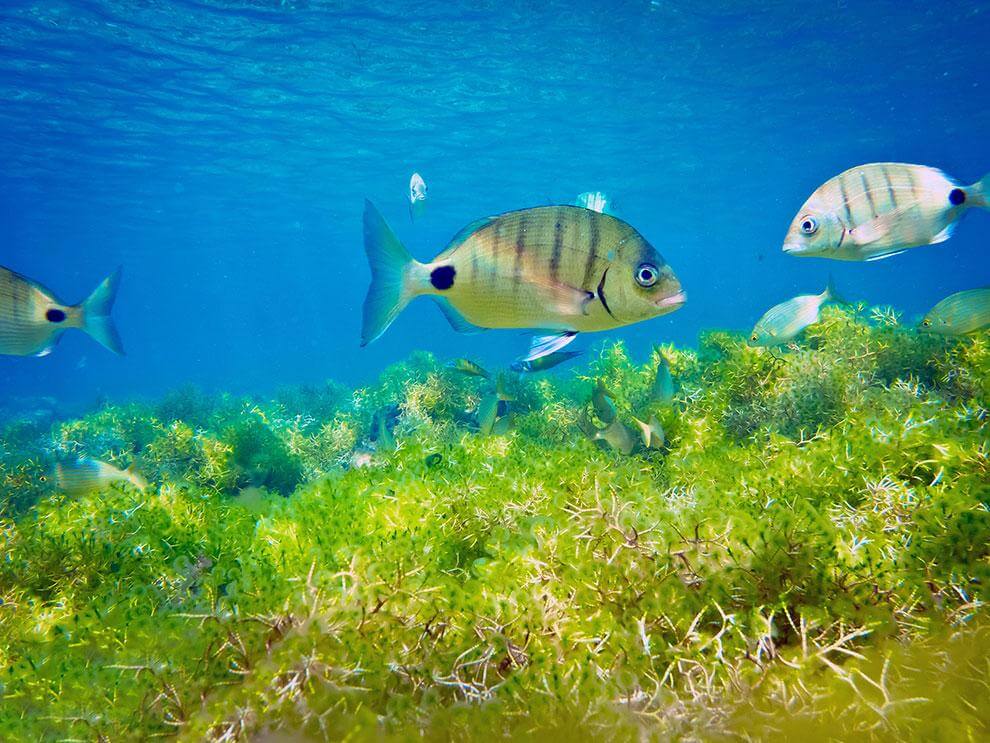
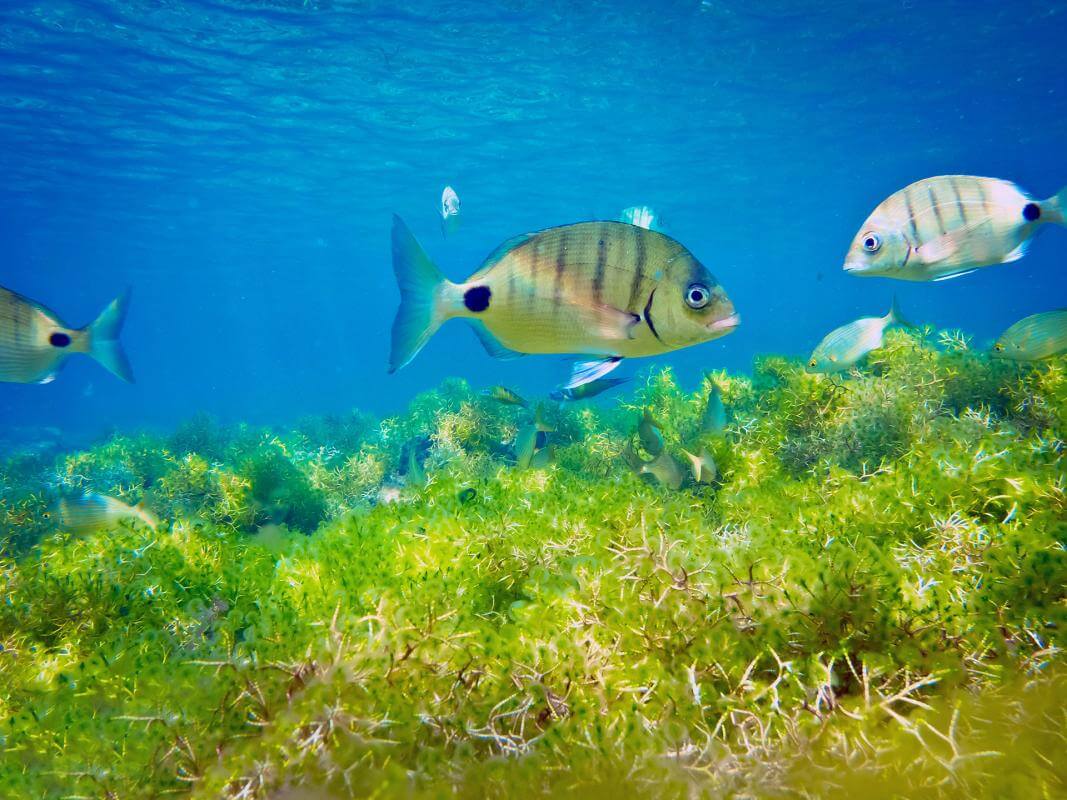
Shipwrecks are, without a doubt, one of the great attractions of the island of Gran Canaria for divers. We refer to the remains of shipwrecks that have been buried in the depths of the sea, giving rise to a spectacle of great beauty that conceals a wide variety of flora and fauna. The shipwrecks also form beautiful and inspiring underwater landscapes, which tell us about hidden treasures and tragedies among the waves, which invite us to travel back in time. Gran Canaria has many wrecks that make divers to fall in love with them day after day, and each one has a story that shows us that reality surpasses fiction on more occasions than we think.
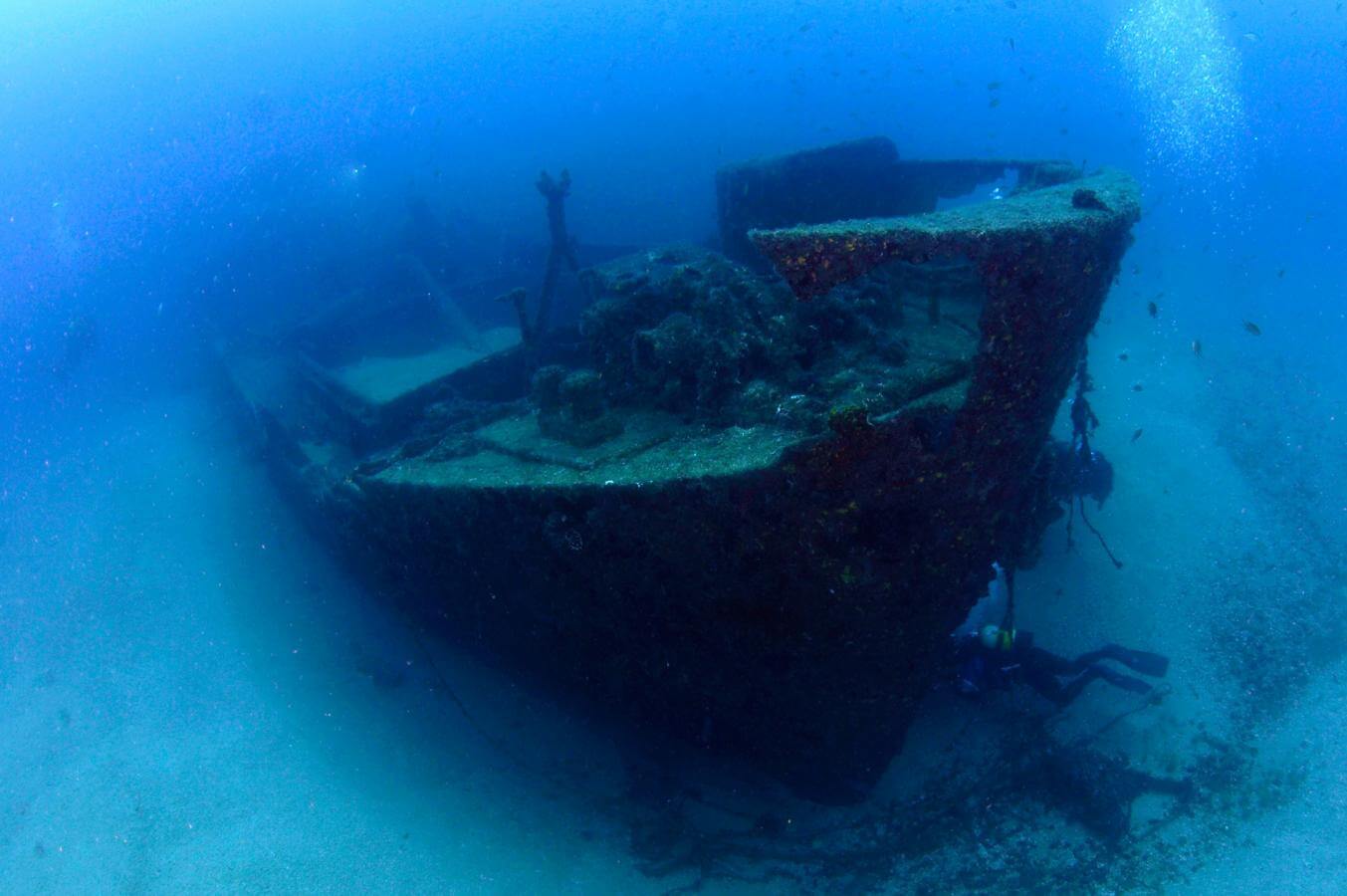
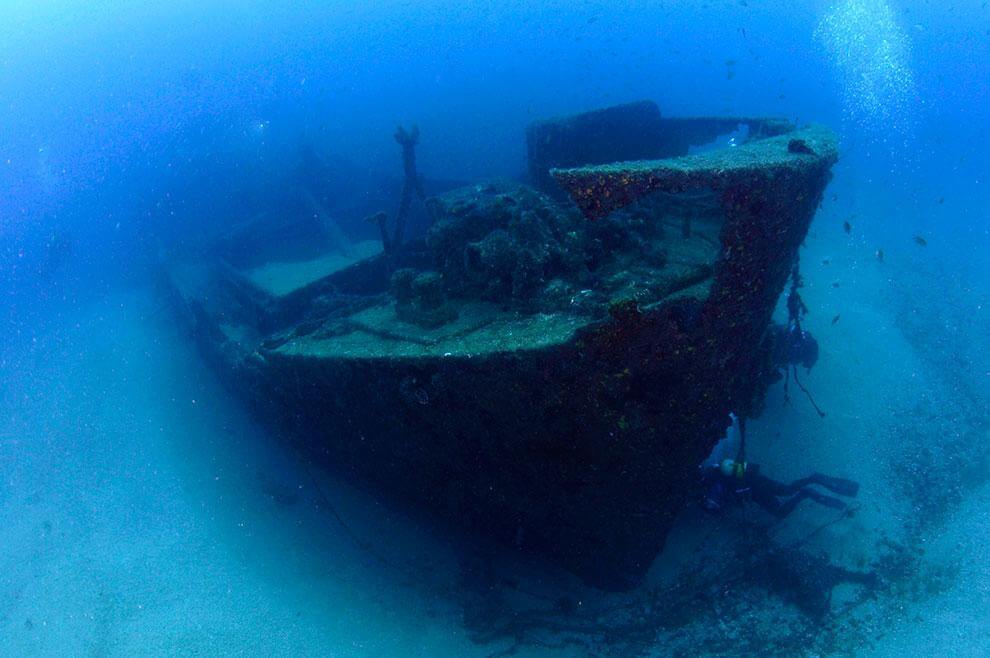
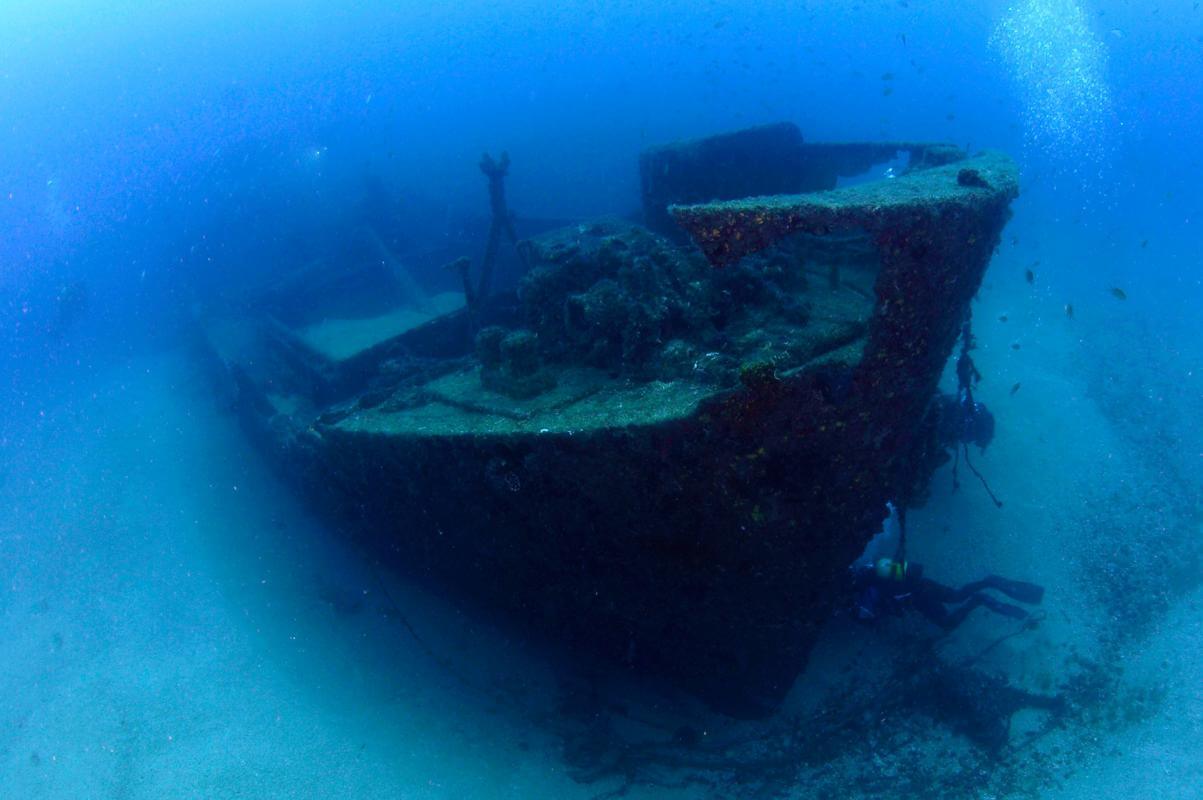
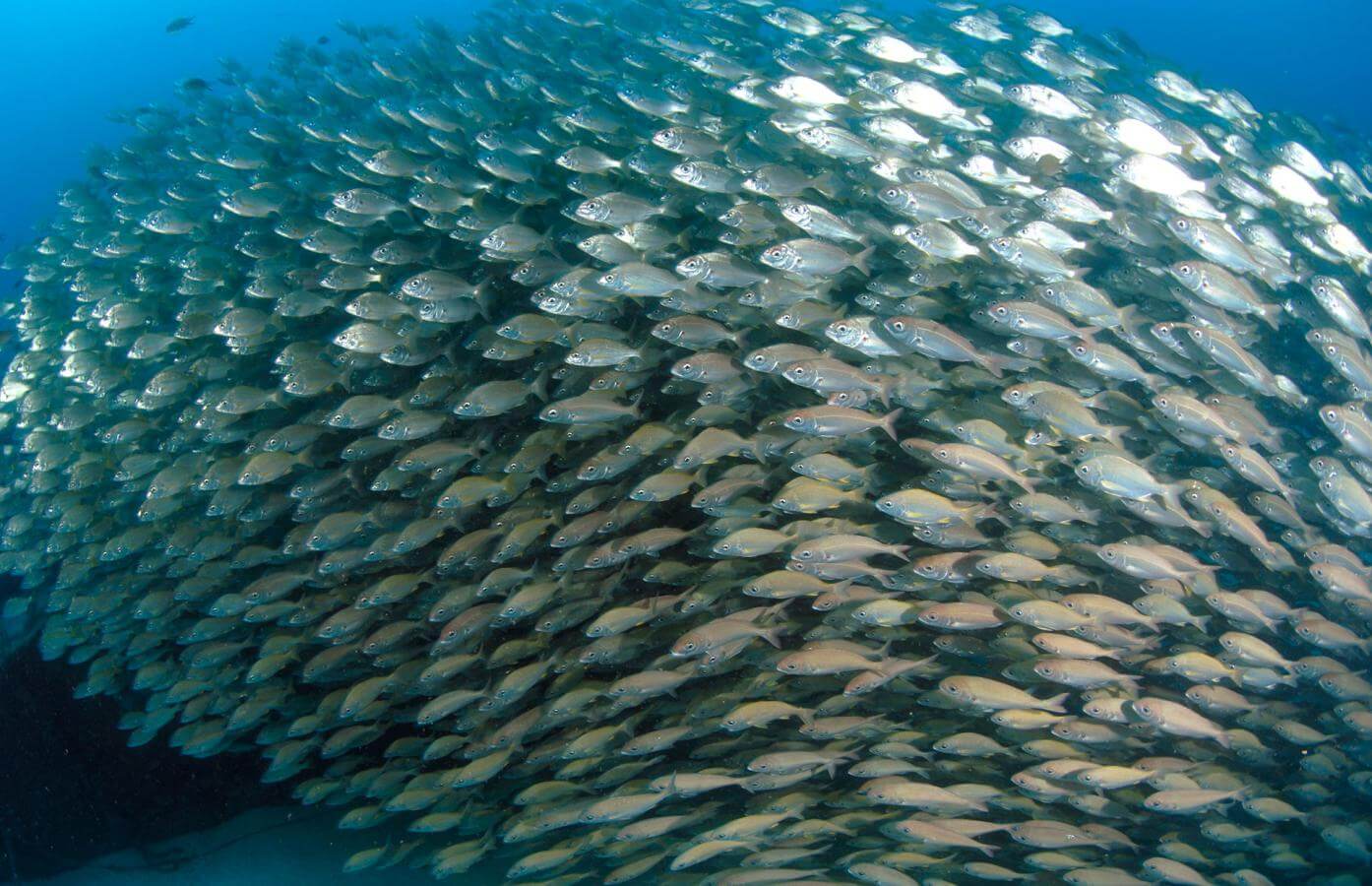
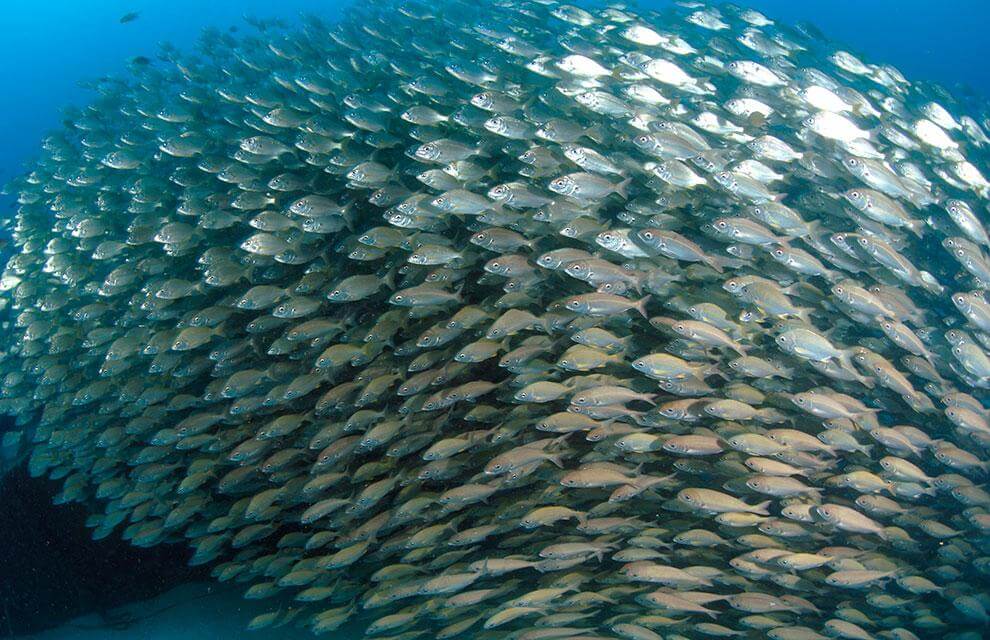
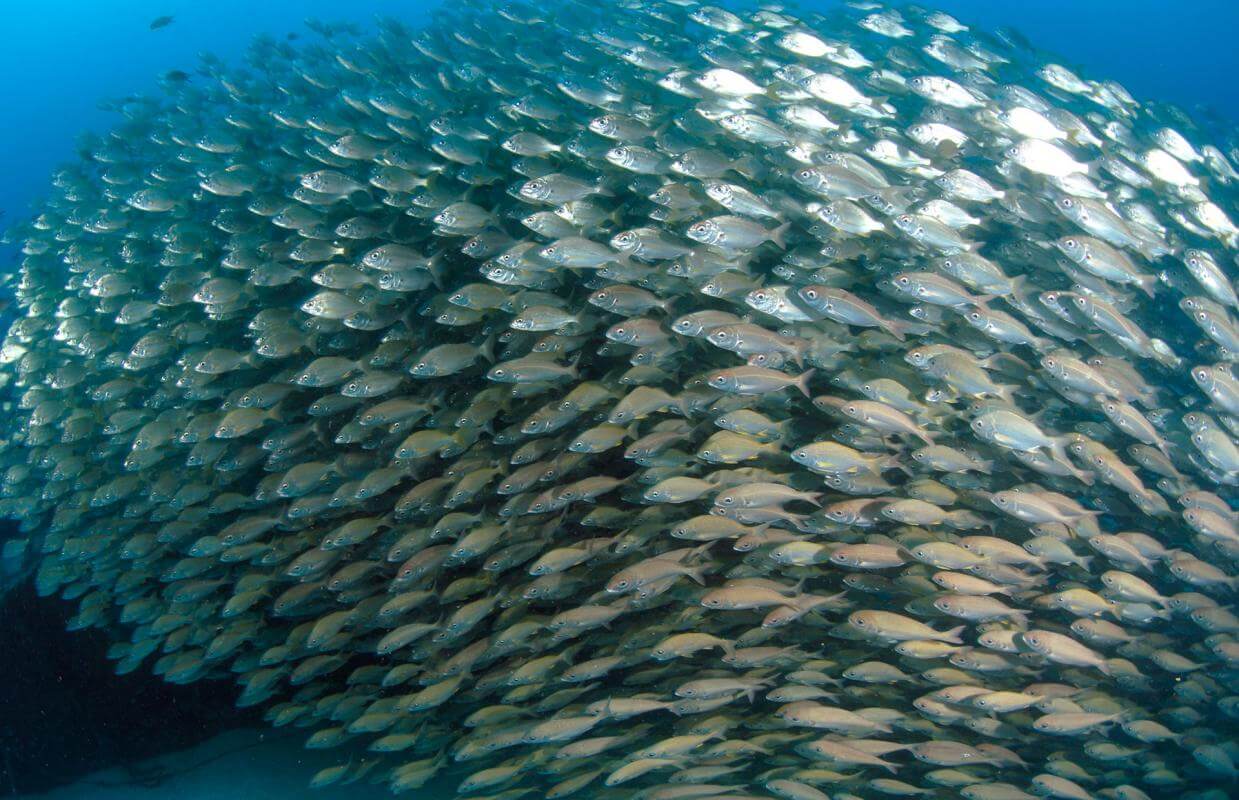
Alfonso XII
It was the largest steamer that sailed under the Spanish flag to date. It left the port of Cadiz for Cuba in 1885 loaded with coins destined for the military forces on the island at the time. No one understood how an experienced and veteran captain could have run the ship aground on the Baja de Gando, a powerful reef known to sailors that even today, in the 21st century, continues to create problems for even the most seasoned sailors. The story could not have been more novelistic: boxes full of gold coins were scattered on the seabed, and the company hired several divers to recover them. All but one box, which according to legend continues to lie in the depths of the ocean and remains a dream for many divers. Se non è vero..
Ángela Pando
This ship carrying 12,000 tons of iron was wrecked in 1986 about 900 meters north of the Sphinx quay. Although visibility is sometimes poor, the ship still contains the cargo of iron, although its flora and fauna are less spectacular than those of other wrecks. The difficulty of diving is usually high because of the waves, and sometimes you can see dolphins, whales and other cetaceans.
Arona
This freighter sank when it suffered a fire on board when it was sailing from the south, and despite the captain’s attempts it was impossible to bring it into port. It preserves the cellars and the superstructures in good condition, and shows a beautiful variety of flora and fauna.
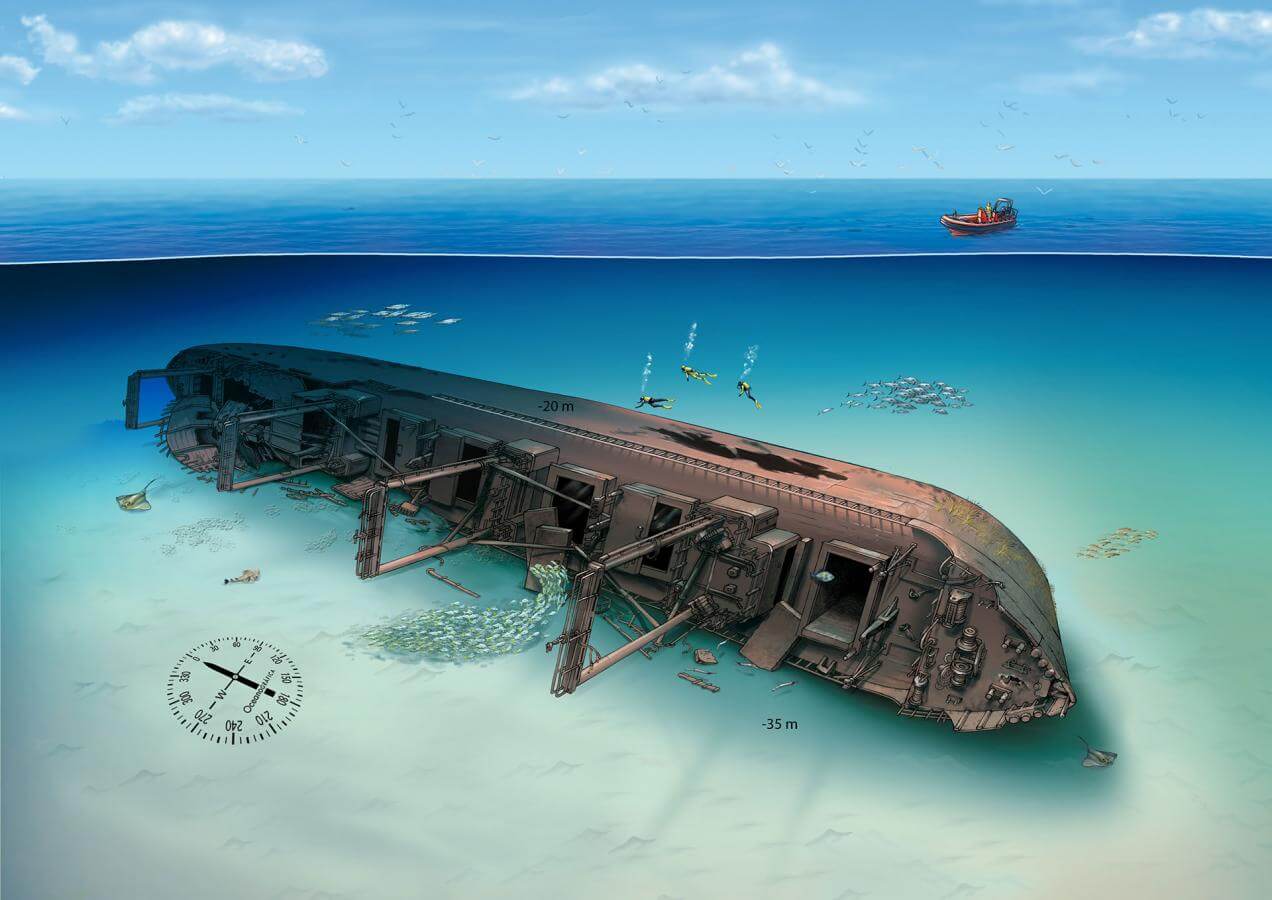
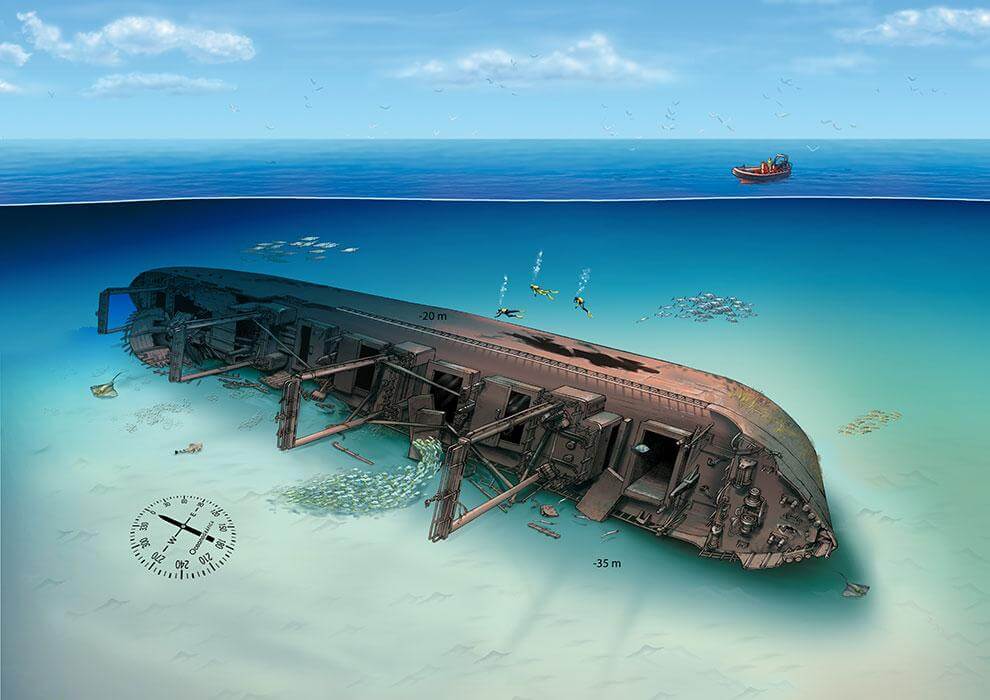
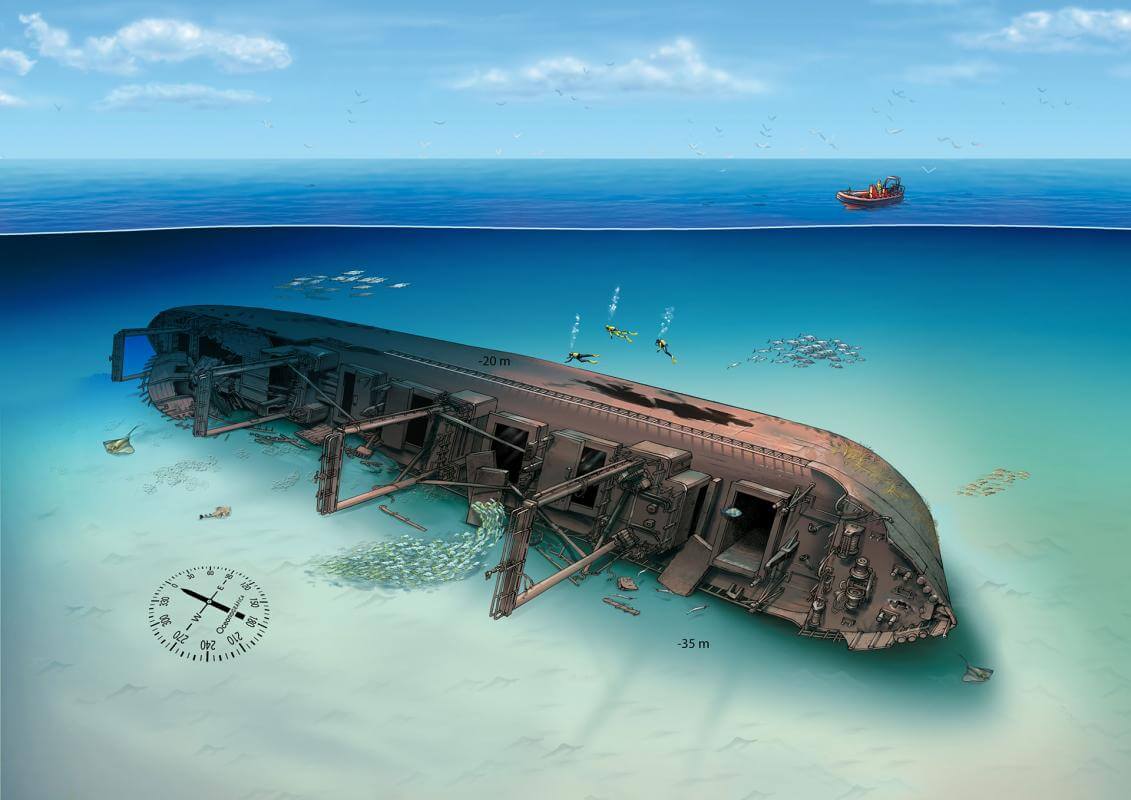
Cermona II and Pecio Viejo: the shipwrecks of the Mogán
Known as the Mogan shipwrecks, these are probably the most frequented on the island. They are barely 40 meters apart, near the marina in the port of Mogán, and are extraordinarily beautiful despite the fact that they do not conceal any history of booty travelling overseas: Cermona II and Pecio Viejo were deliberately sunk to promote diving in Gran Canaria. The great visibility, the proximity to the coast and its 21 meters of maximum depth allow diving for beginners, who enjoy day after day of two beautiful and photogenic relics with a great amount of flora and fauna.
Kalais
Access to Kalais has been totally restricted since 2012, but this ship, built in 1948, has been the undisputed star of the island’s seabed for many years. Apparently, it was shipwrecked by a strong wind storm in 1979. Located in the Sphinx quay, its remains are 36 meters deep along with those of other wrecks, whose access is also prohibited such as the Deborah (also known as the Little Kalais) or the popular Frigorific, also called the Korsakov.
Blue Bird
This old trawler is about 30 meters long and is located in the vicinity of Mogán and is 47 meters deep, so it is only suitable for experienced divers, as the currents can be occasionally strong. You can see banks of croaker fish, barracudas, stingrays and large angelfish.
Westburn
This British steamship was captured by the Germans during World War I and sabotaged in 1916 so that it could not be recovered by the Allies. The central section was dynamited to be able to sink the ship, and at present it is thirty meters deep in front of Las Gaviotas beach.
Soo yang
This Korean fishing boat was abandoned in the docks of the Port of Las Palmas and sank in 1979, a phenomenon that was not too unusual at the time: in the last decades of the 20th century, many boats ended their days moored at the pier and turning into a kind of dwelling on the sea. It is located at a depth of 55 meters, so access is recommended only for very experienced divers.


